Òscar LorenteI am a Research intern at IRI (CSIC-UPC), with interest in Computer Vision and Deep Learning, especially in 3D vision applications (AR/VR, 3D reconstruction...) and reinforcement learning. In my last work I combined parametric and non-parametric models to improve multi-view 3D human reconstruction in situations with very sparse views. I have a M.Sc. degree in Computer Vision from Universitat Autònoma de Barcelona. I carried out my master's thesis at IRI (CSIC-UPC), advised by Dr. Francesc Moreno-Noguer, Dr. Xavier Giró-i-Nieto (GPI) and Enric Corona Puyané. I completed my B.Sc. degree in Telecommunications Engineering at Universitat Politècnica de Catalunya, majoring in Audiovisual Systems, and I interned at the Image Processing Group and CD6, under the supervision of Dr. Josep Ramon Casas and Dr. Santiago Royo Royo, where I carried out my bachelor's thesis. |

|
Projects |
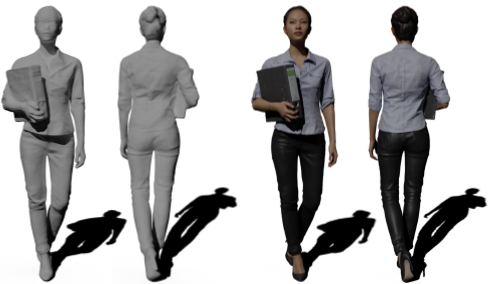
|
Òscar Lorente, Francesc Moreno-Noguer, Enric Corona dissertation In the context of 3D human reconstruction, dissertation on the contribution of parametric models (SMPL) to the Implicit Differentiable Renderer (IDR), an architecture that implicitly represents the geometry as a zero level-set of a neural network, and uses differentiable rendering to train with weak 2D supervision. |
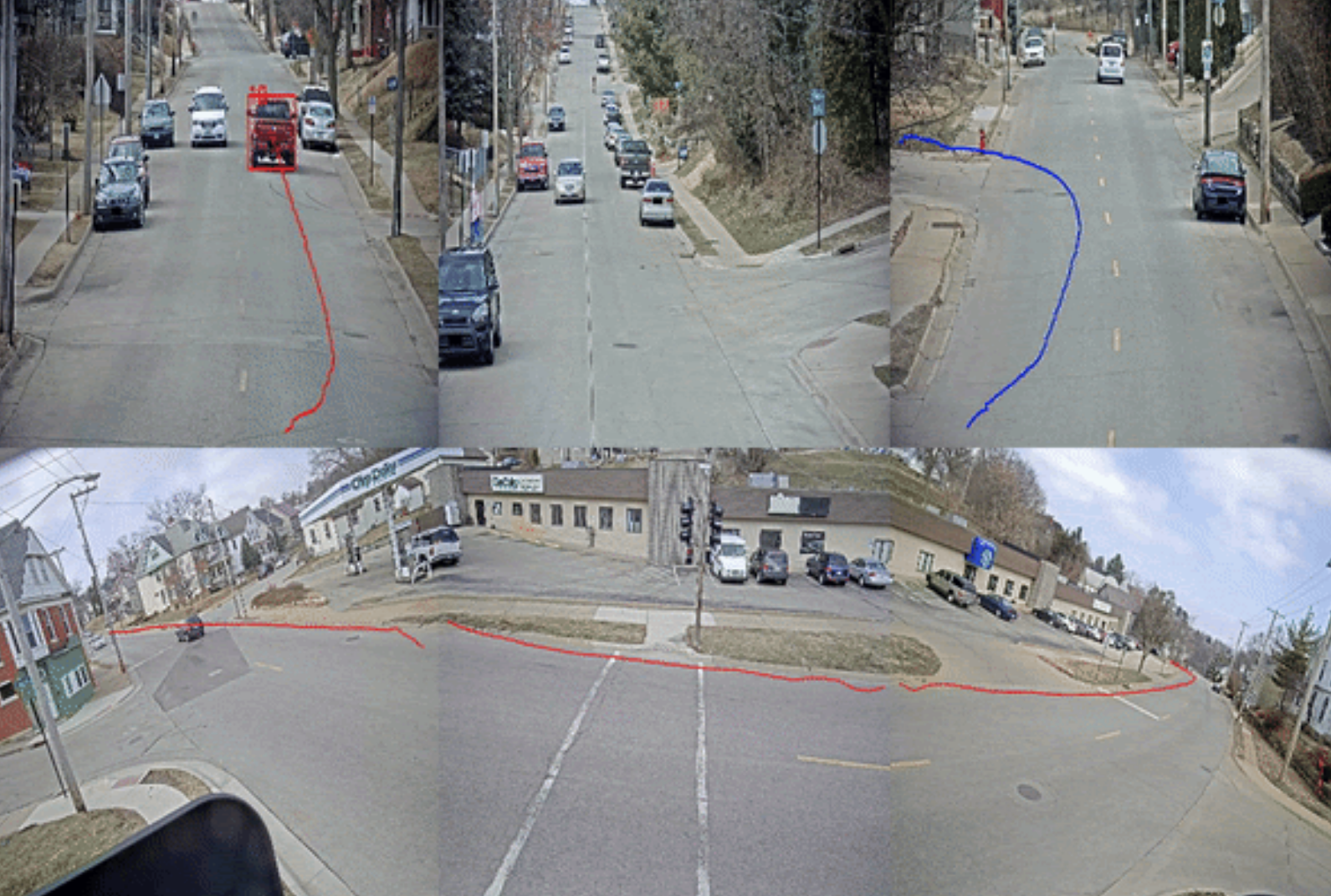
|
Pol Albacar, Òscar Lorente, Eduard Mainou, Ian Riera arXiv, 2021 arXiv / code Solution to the third track of the AI-City Challenge, that aims to track vehicles across multiple cameras placed in multiple intersections spread out over a city. The methodology followed focuses first in solving multi-tracking in a single camera and then extending it to multiple cameras using siamese networks and metric learning. |
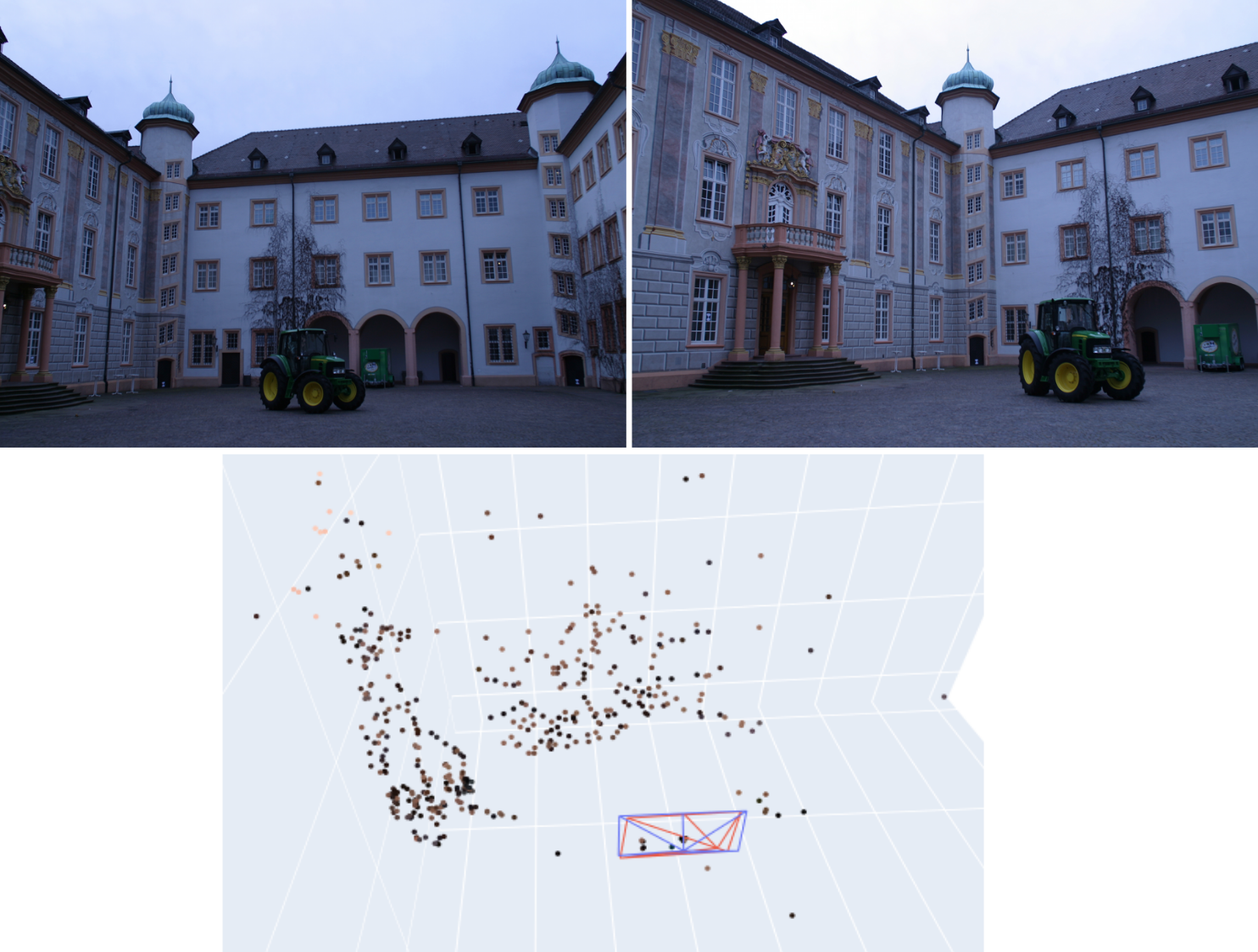
|
Josep Brugués, Òscar Lorente, Ian Riera, Sergi García 2021 code / slides 3D reconstruction of buildings from a set of images taken from different points of view (frontal images of the façades and aerial images). Rectify the perspective distortion from a single view, estimate essential and fundamental matrix, calibrate a camera with a planar pattern, estimate the depth of points in the scene given two images, generate new views of the scene, and compute a 3D model either from a set of calibrated or uncalibrated cameras (SfM). |
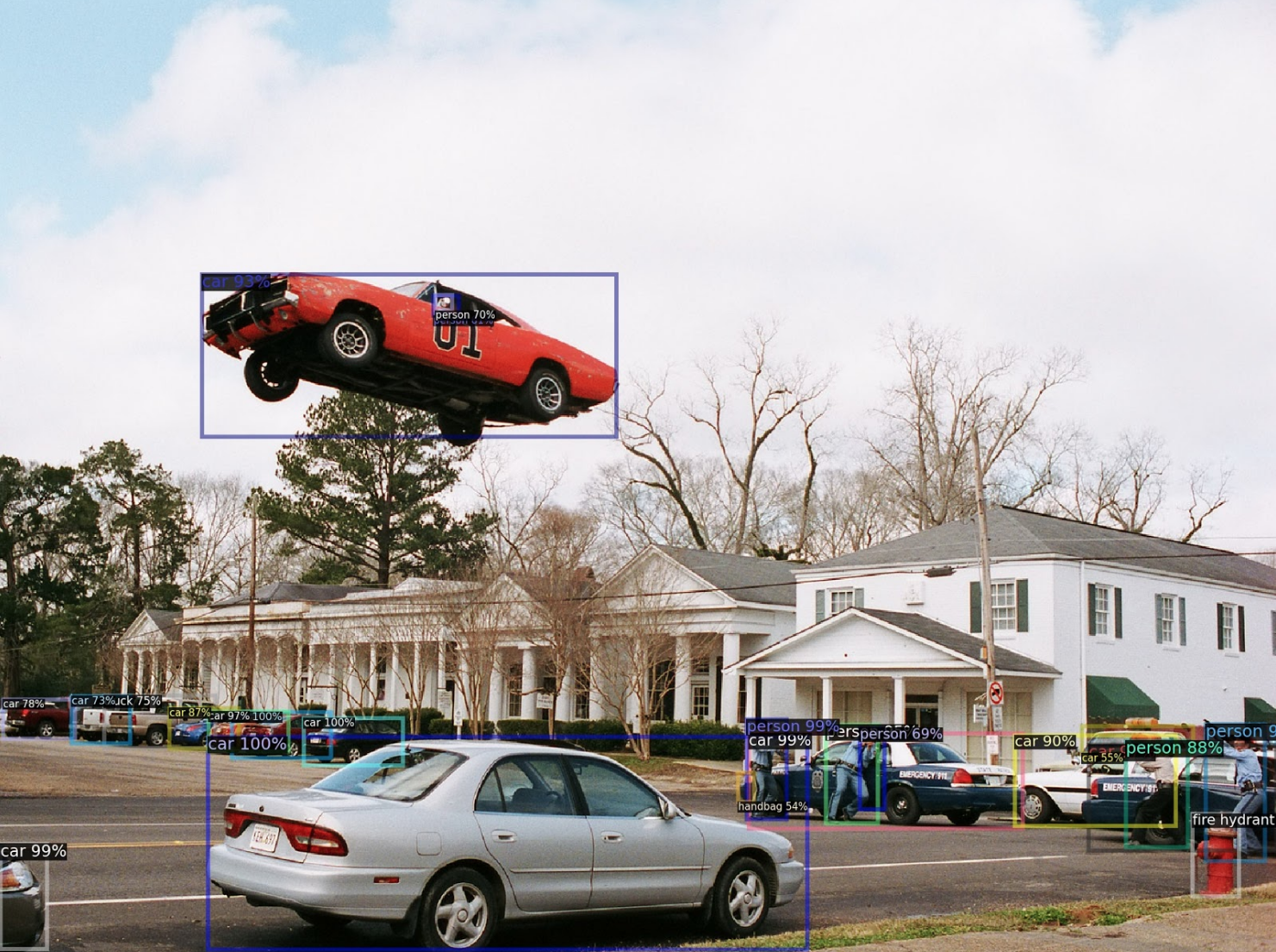
|
Òscar Lorente, Ian Riera, Aditya Rana arXiv, 2021 arXiv / code Study of the behaviour of different configurations of RetinaNet, Faster R-CNN and Mask R-CNN (Detectron2) by a qualitative and quantitative evaluation on KITTI-MOTS, MOTSChallenge and out of context datasets. |
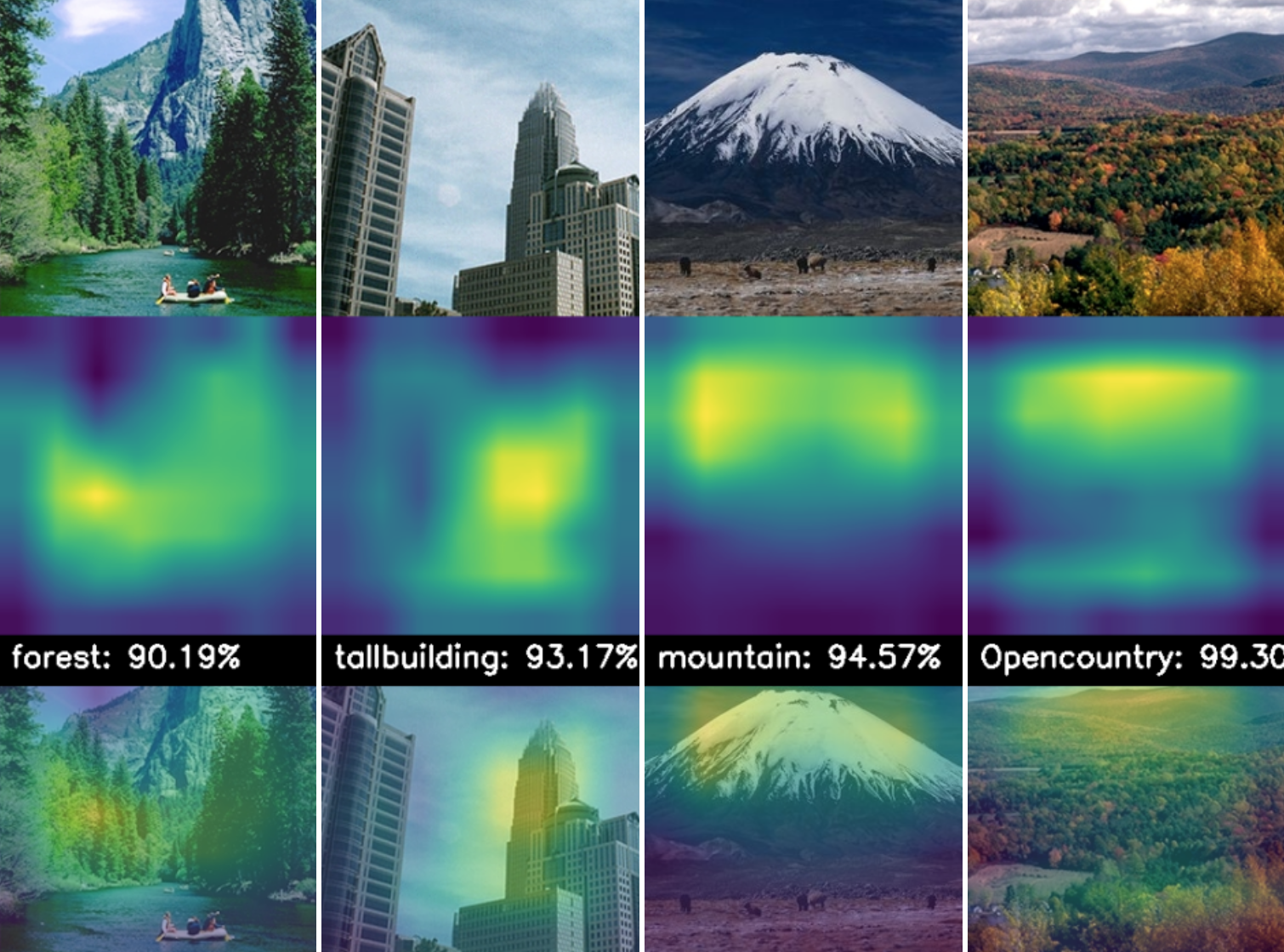
|
Òscar Lorente, Ian Riera, Aditya Rana arXiv, 2021 arXiv / code Image classifier using both classic computer vision techniques (Bag of Visual Words classifier using SVM) and deep learning techniques (MLPs, InceptionV3 and our own CNN: TinyNet). |
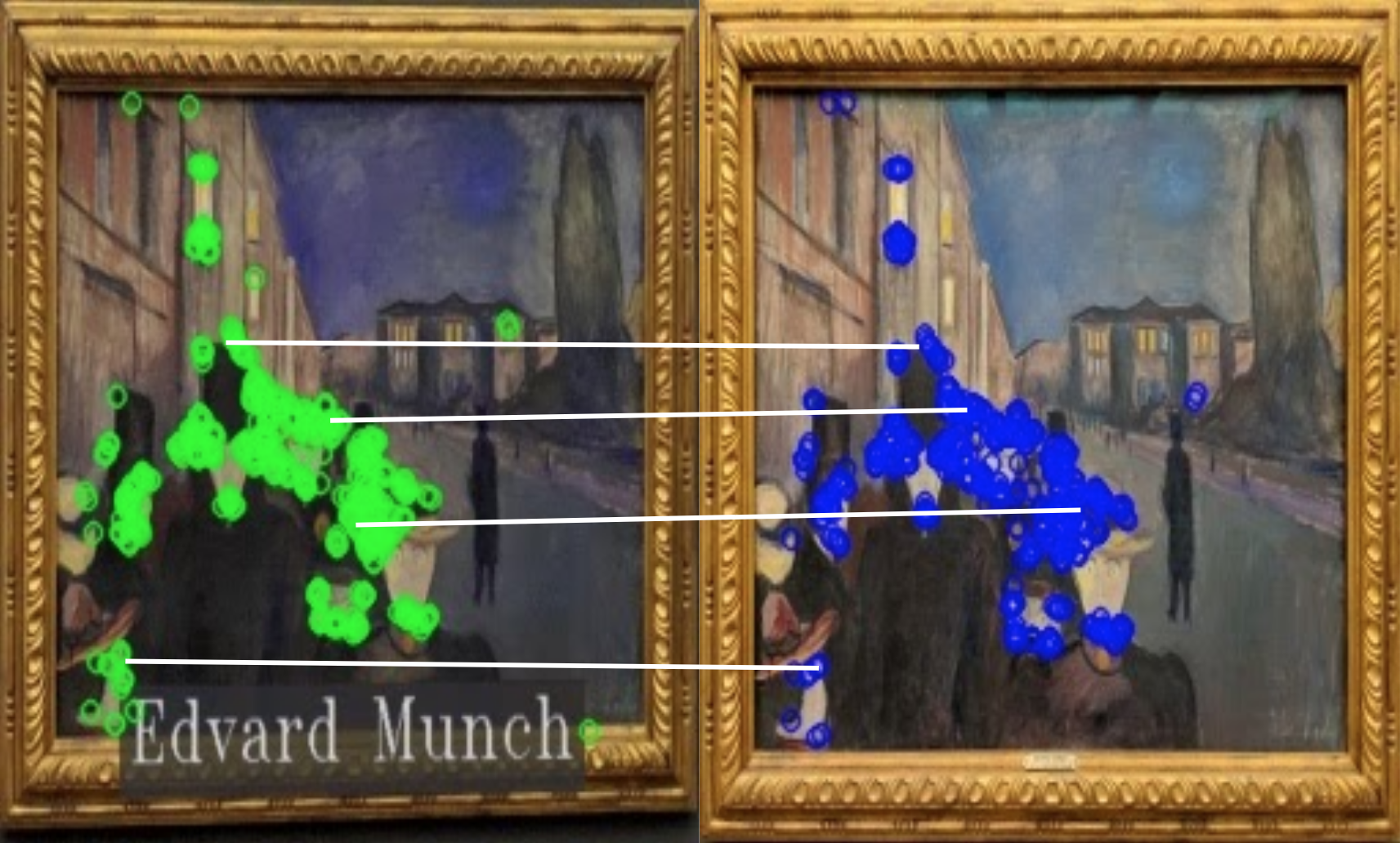
|
Òscar Lorente, Ian Riera, Shauryadeep Chaudhuri, Oriol Catalan, Víctor Casales arXiv, 2021 arXiv / code Query by example CBIR system for finding paintings in a museum image collection using color, texture, text and feature descriptors in datasets with different perturbations in the images: noise, overlapping text boxes, color corruption and rotation. |
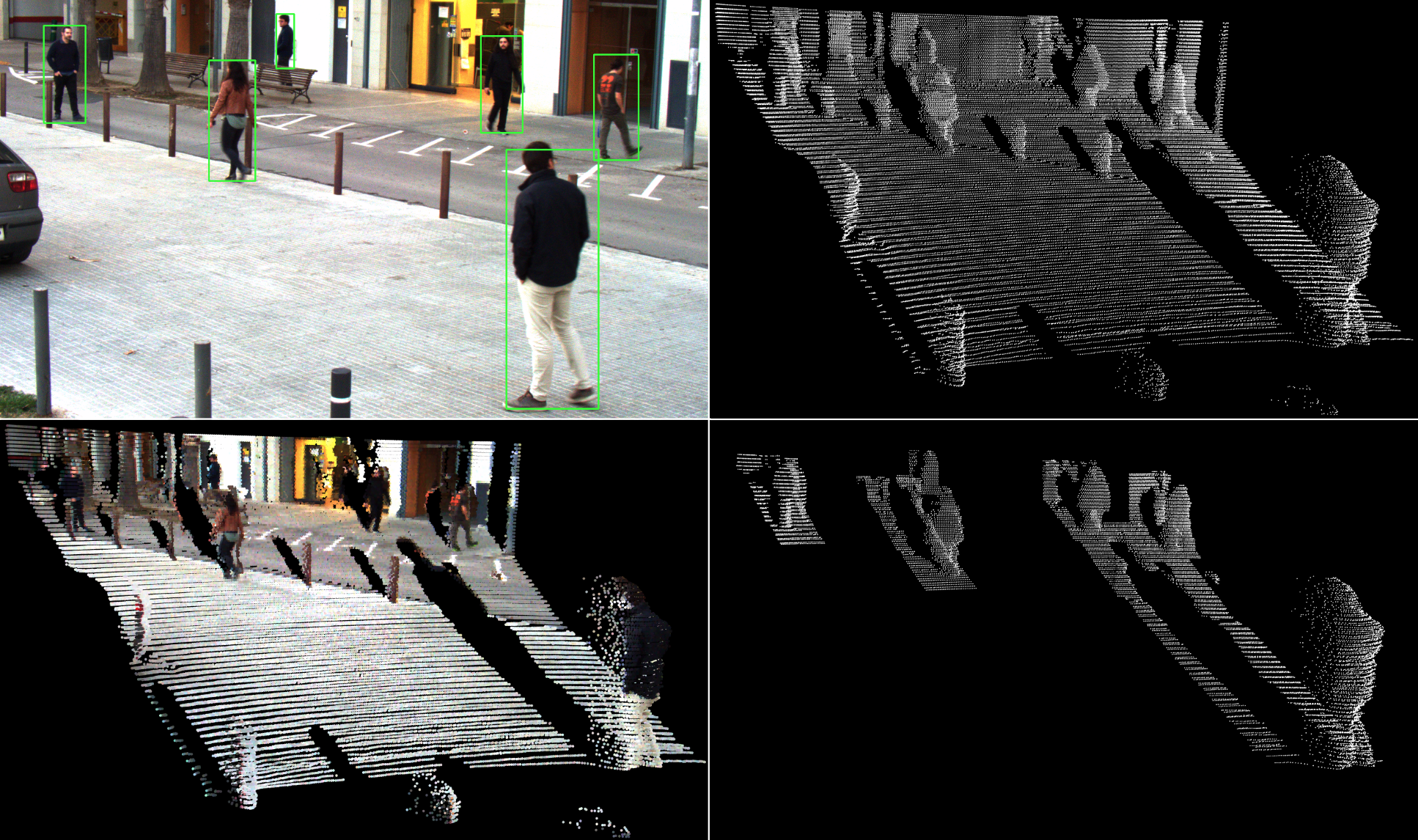
|
Òscar Lorente, Josep R. Casas, Santiago Royo, Ivan Caminal arXiv, 2020 arXiv / slides PointNet++ based architecture to classify pedestrians in LIDAR point clouds using 3D clusters obtained by projecting 2D labels. |
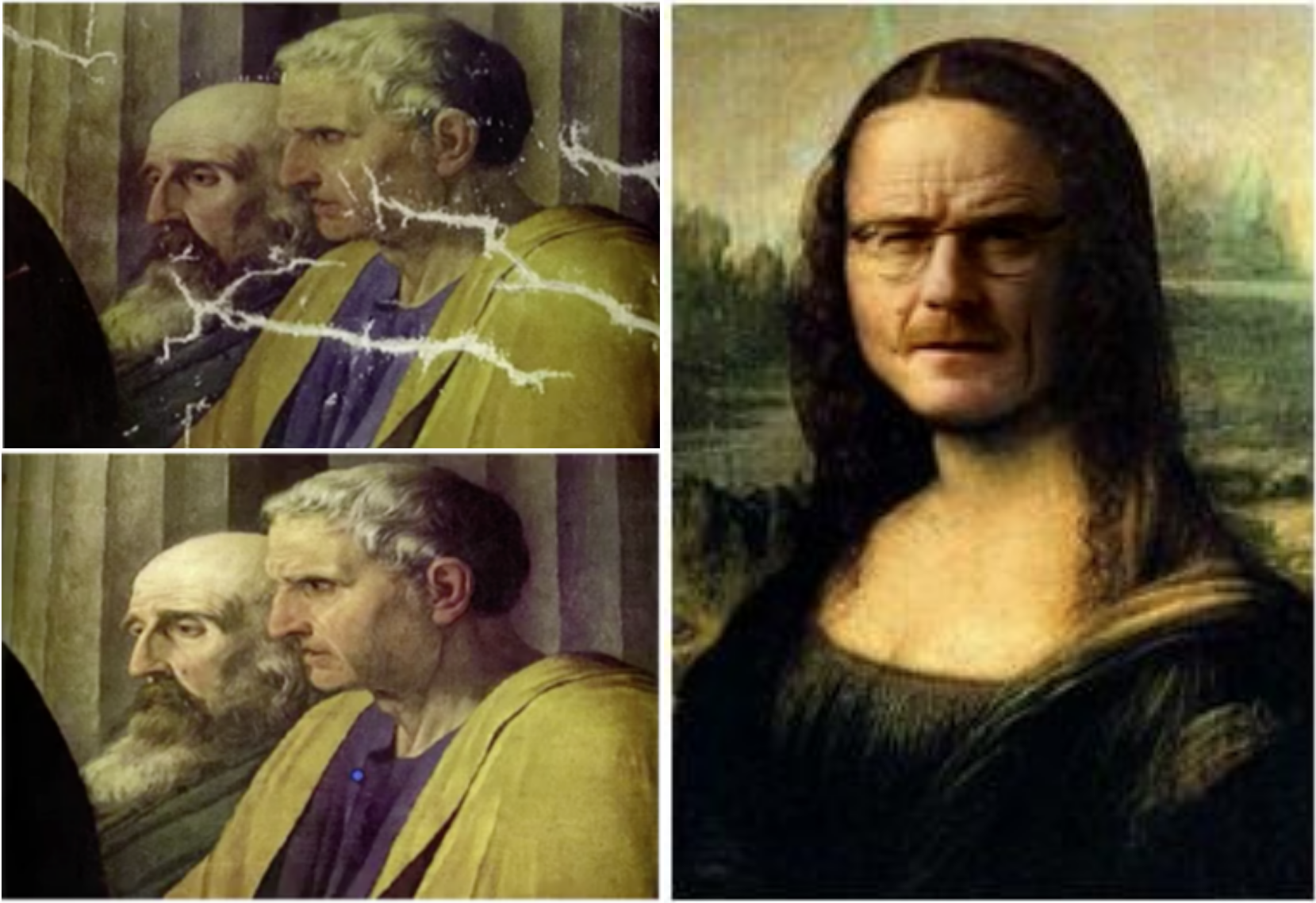
|
Òscar Lorente, Aditya Rana, Antoni Rodriguez 2020 code / slides Implement different optimization techniques to solve specific tasks: inpainting, Poisson editing, Chan-Vese segmentation and Markov Random Fields for image segmentation. |
|
Design and source code from Jon Barron's website |